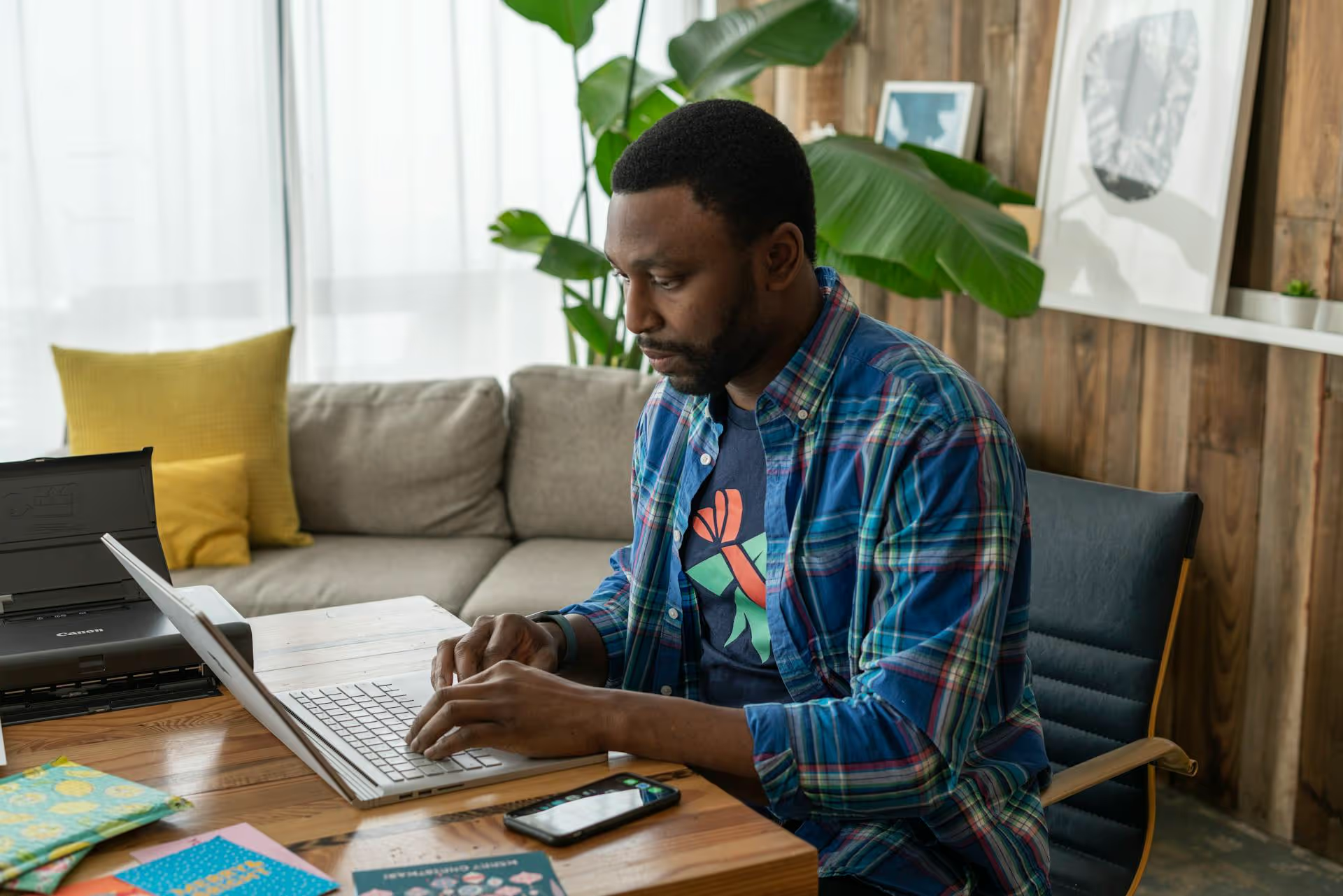How to Add Social Media Icons to an Email Signature
Enhance your email signature by adding social media icons. Discover step-by-step instructions to turn every email into a powerful marketing tool.

Want to make sure your great LinkedIn content reaches beyond just your immediate network? Setting your post visibility to Public is the switch you need to flip. This brief guide cuts straight to the chase, showing you exactly how to make your posts public, change the settings on existing content, and understand what each visibility option really means for your content's reach.
Before jumping into the "how," it's worth understanding the "why." Choosing the right visibility for your post isn't just about clicking a button, it's a strategic decision that directly impacts who sees your content and what kind of opportunities it can generate. Making a post "Public" (by choosing the "Anyone" setting) does more than just show it to your connections.
It means your post can:
For DMs, job hunt updates, or asking a quick question to your trusted contacts, "Connections only" might be fine. But for building a personal brand, sharing thought leadership, or growing your business, "Public" is almost always the right move.
Making a new post public is straightforward on both desktop and mobile. The setting is right within the post composer, but it can be easy to overlook if you're not looking for it.
The process is nearly identical on your phone.
Pro Tip: LinkedIn remembers your last choice. If you set one post to "Anyone," your next one will default to that setting, saving you a step each time.
Did you accidentally post to "Connections only" and want to open it up to a wider audience? No problem. You can change the visibility of a post even after it's been published.
Remember, making the change from a restricted audience to a public one can give old content a new life, allowing it to be discoverable in searches and feeds it wasn't a part of before.
Understanding all the options available helps you make better decisions for every piece of content you share.
Making your post public is just the first step. To truly get traction, you need to think a little about strategy.
Think of hashtags as category tags that make your post discoverable. Don't just stuff your post with them. Choose 3-5 hashtags that are directly relevant to your content, your industry, and your target audience. A mix of broad hashtags (like #marketing) and niche ones (like #b2bcontentstrategy) can capture a wider audience.
The first line of your post is everything. It needs to grab attention as someone scrolls through their feed. Ask a question, state a bold opinion, or share a surprising statistic. You have about one second to convince someone to stop scrolling, so make that first line count.
For example, instead of saying, "Here is a blog post about time management," try something more engaging like, "My entire productivity system boils down to this one simple rule..."
Tagging another person or a company page in your post (using the @ symbol) sends them a notification. If they engage, their network might see your post. Use this thoughtfully. Tag someone if you're quoting them, referencing their work, or genuinely want their opinion. Never spam-tag dozens of people just for views - it's impolite and damages your reputation.
Big walls of text are intimidating. Break your ideas into short sentences and paragraphs. Use bullet points or numbered lists to structure your information. White space is your friend - it makes your content feel more approachable and is much easier to read on a mobile device.
The algorithm rewards engagement. End your posts with a question to encourage comments. When people do comment, make sure you reply. Replying to comments not only fosters community but also signals to the algorithm that your post is popular, giving it an extra visibility boost.
If you've set your post to "Anyone" and followed best practices but still feel like your reach is limited, there are a couple of things to check.
Making a LinkedIn post public is mechanically simple - you find the visibility button and choose "Anyone." But mastering this simple setting is about understanding its strategic value as the foundation for building your brand, establishing yourself as a thought leader, and connecting with opportunities beyond your personal echo chamber.
Once you are comfortably sharing public content, the next challenge is staying consistent without it turning into a full-time job. For that, we built Postbase. It gives you a beautiful, drag-and-drop calendar to plan your LinkedIn strategy weeks in advance, lets you schedule all your posts reliably, and brings all your comments and mentions into a single unified inbox. It simplifies the chaos so you can focus on creating great content, not fighting with spreadsheets and multiple browser tabs.
Enhance your email signature by adding social media icons. Discover step-by-step instructions to turn every email into a powerful marketing tool.
Learn how to add your Etsy link to Pinterest and drive traffic to your shop. Discover strategies to create converting pins and turn browsers into customers.
Grant access to your Facebook Business Manager securely. Follow our step-by-step guide to add users and assign permissions without sharing your password.
Record clear audio for Instagram Reels with this guide. Learn actionable steps to create professional-sounding audio, using just your phone or upgraded gear.
Add translations to Instagram posts and connect globally. Learn manual techniques and discover Instagram's automatic translation features in this guide.
Optimize your Facebook Business Page for growth and sales with strategic tweaks. Learn to engage your community, create captivating content, and refine strategies.
Wrestling with social media? It doesn’t have to be this hard. Plan your content, schedule posts, respond to comments, and analyze performance — all in one simple, easy-to-use tool.